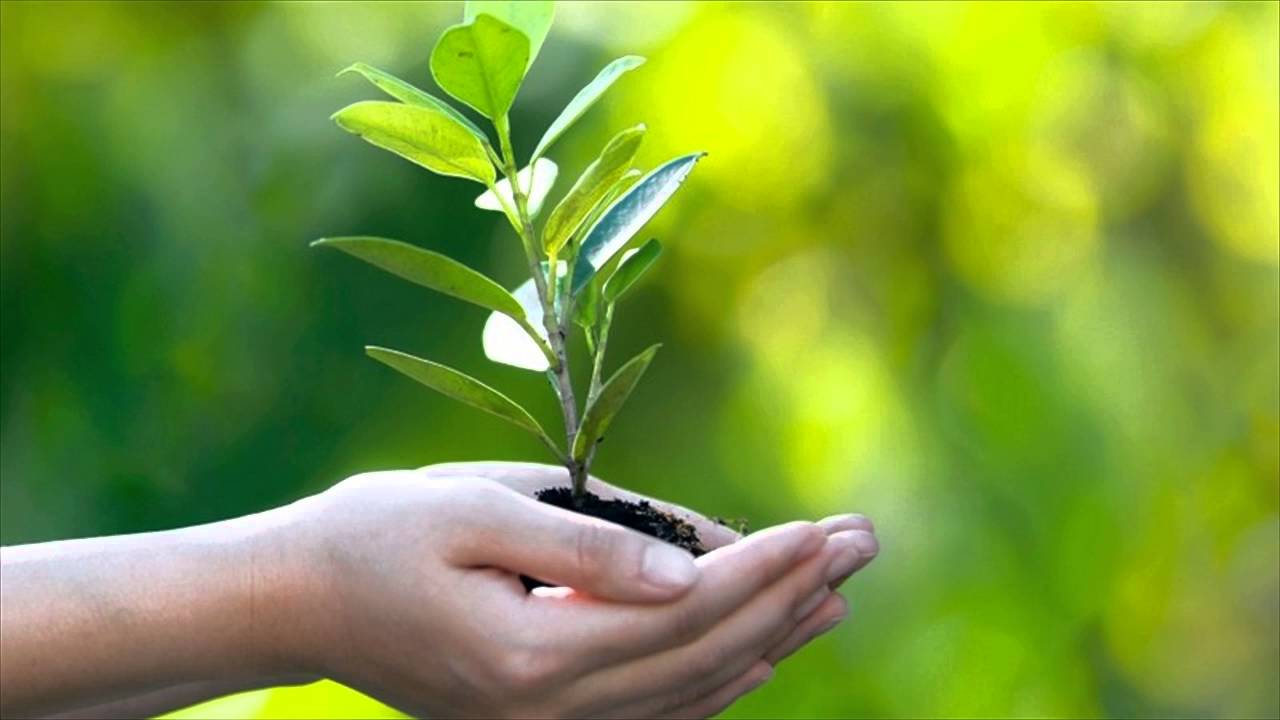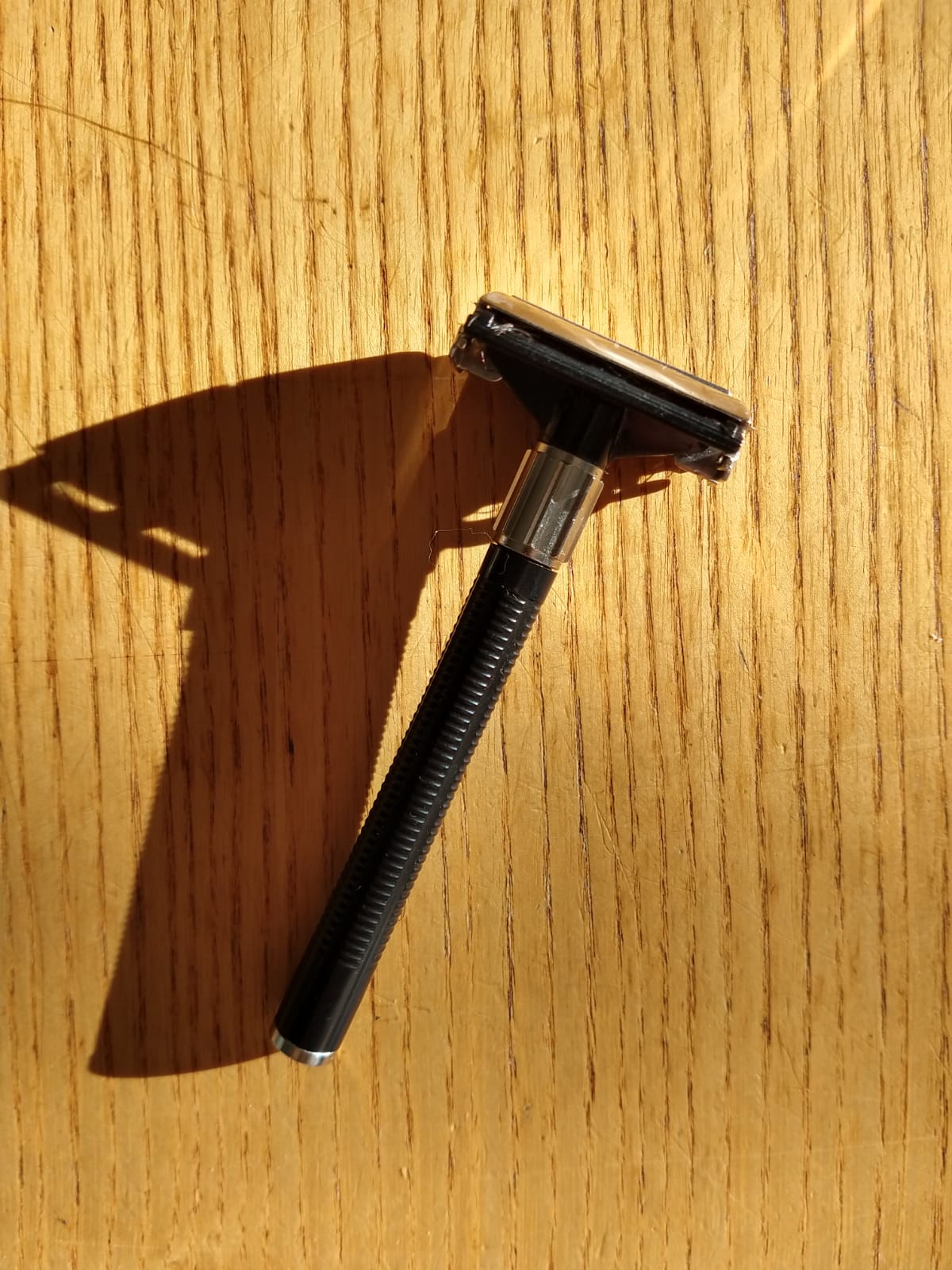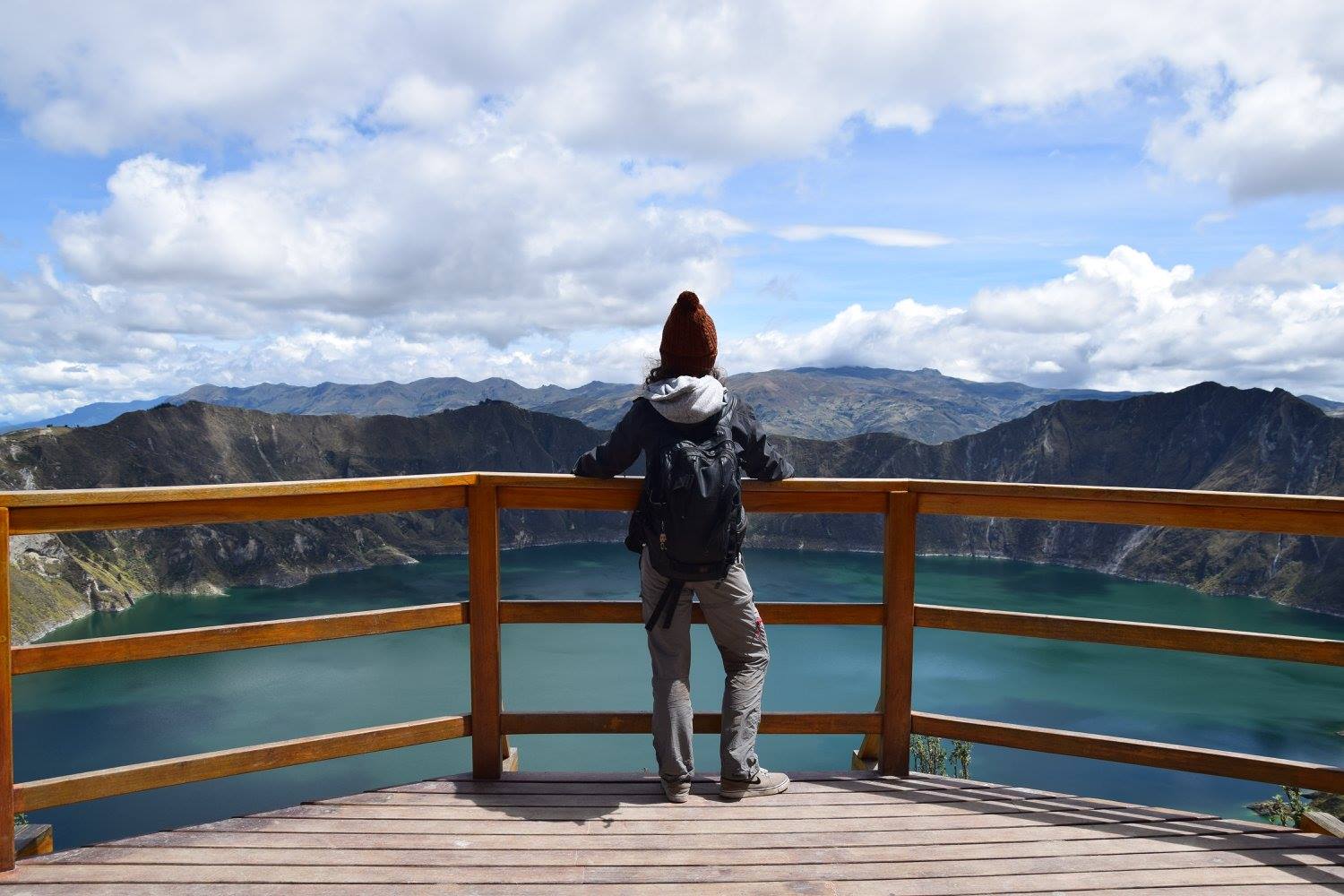In 2019, it's hard to ignore thinking about how your consumption choices affect the world. While you're probably familiary with the bad impacts of flying, the meat and dairy industry and the plastic soup that we call oceans, the textile industry hasn't entirely made it's way into the spotlights.
A couple of months ago I saw the documentary "Stacey Dooley Investigates: Fashion's Dirty Secrets". While I was aware of terms like sustainable fashion, I had never been presented with the blunt facts or shocking images that come with it, nor had I tried to read into it. The fast fashion industry comes at a huge cost to the environment; water pollution, toxic chemicals, fashion waste and transportation costs. Furthermore, the water footprint of fabrics like cotton, and even more shocking, organic cotton, is huge. And while we are on the safe-side of the fashion industry (for now...), millions of people are suffering from the fashion choices we maken.
Fast fashion is an industry focusing on low costs and speed. In reducing the costs for clothes, companies often choose for the cheapest countries with little (enforced) rules on environmental impact. The vibrant colours you love so much in your clothes, are often created with the use of toxic chemicals of which the residues end up in rivers and oceans, making this practice the second largest pollutor of clean water, following the number one we're all aware of; agriculture. By making such choices, fashion companies can constantly provide new collections at low costs, and the consumer is presented with cheap attractice new options all the time. In turn, this has caused a high-turnover of clothes in people's closets. Whereas in the past you used to have the same trousers for years, now you might have worn them 5 times before buying new ones and sending these to the second hand shop, hence the increasing amounts of textile waste.
What can you do?
I was shocked by what I saw in the documentary and it totally changed my view on fashion. I'm not the only one, many blogs can be found on the internet regarding sustainable fashion, or even cutting out clothes shopping as a whole (check out this girl who didn't buy clothes for a year). While the latter option is something I might consider as a new-years resolution next year, it's a bit difficult with my upcoming trip and my lack of outdoor clothing. Therefore I have found some other ways to reduce my environmental fashion impact, which I would love to share with you.
First of all, the number one rule is buy less. It's a simple solution to a big problem, buying less means less waste, less chemicals, less transportation, less water use etc. This is immediately connected to the second thing: buy recycled and good-quality. Recycled clothes are often the best as little pressure is put on virgin resources used for new clothing. Buying good quality means the clothes will last longer and therefore again, you'll also have to buy less. However, not all good quality fashion is sustainable, so make sure to look at the brands.
Since this blog is about outdoor brands, I want to give you a list of brands that from most sustainable to least sustainable based on the amazing website "rankabrand.org".
Vaude
Vaude scores the highest in the list of outdoor brands and therefore achieves a B-label. This is due to their use of 100% green electricty, their policies regarding toxic substances and their waste and packaging management. Furthermore they are a member of the Fair Wear Foundation.
Jack Wolfskin
Jack Wolfskin is assigned a C label. They have implemented several measures to reduce their greenhouse gas emissions and work with organic cotton and certified manufacturers. However, they are not entirely transparent about their practices and therefore many impacts remain unknown.
Fjällräven & Patagonia
Even though I've repeatedly been told Patagonia is one of the most sustainable brands, both Fjällräven and Patagonia score a C-label as well on the rankabrand website. Since the website uses a strict set of criteria, if the brand is not transparent about this, or does not publish results on their impacts, they score rather low.
Other C-labels are assigned to Pyua, Trigema, Schöffel, Norrona, Deuther. Furthermore, D-labels are assigned to Bergans, Burton, Icebreaker, Regatta and Millet.
When looking at a review of the fair cottage website, Vaude again pops up as the top sustainable choice, followed by Houdini and La Sportiva.
The Greenpeace campaign "detox our fashion" on the use of PFCs (long-term severe pollutants) also gives an overview of the big outdoor brands. Their detox champions are again Vaude, and Paramo and Rotauf. The brands that are moving towards becoming more sustainable but that are definitely not their yet are The North Face, Haglöfs, Black Yak, Jack WOlfskin, Mammut, Salewa and Norrona. The brands that score the worst are Arcteryx, Columbia and Patagonia. While they mention that Patagonia is one of the leaders in sustainability, they are definitely falling short in their detox from PFCs.
Interestingly, an independent website, theprch.com, puts Patagonia as the most sustainable brands out of a list of outdoor brands. Patagonia is refered to on many websites and in many articles as one of the most sustainable brands due to, for example, their focus on recycled fabric. While they score the highest on theprch, the website does mention that they are far from perfect and not very transparent. However, they do provide a lot of information on how they try to reduce their impacts, while many other companies hardly make any efforts at all.
Patagonia is followed by REI, which has a B score. In the D category, the North Face, Mountain Hardware, Mammut, Marmot, Columbia, Black Diamond and Arc'teryx are listed. The worst brands, according to this list, are SmartWool, Sea to Summit, Osprey, Big Agnes, Coleman, Exped, Five Ten, Granite Gear, Gregory, Kelty, KUHL, MSR, NEMO.
If you want to know more about how these brand were scored, check out the theprch website.
All in all it seems that Vaude is definitely the most sustainable brands. Whether Patagonia follows, I'm not sure. They mentiion that they try to do a lot to be more environmentally friendly, but they lack actual reporting and therefore score quite low. Furthermore, they are not active in reducing their PFCs. I think it's best to buy products from Vaude, look into what products you buy from B/C categories, and definitely avoid the brands with a B-label. If one of your brands is not in the list, you can request RankaBrand to review it through this page.
Last of all, I want to mention the option of second hand clothes. While it can be tricky with outdoor clothing, there are still plenty of options to find good clothes. Check out second hand (outdoor) shops, people selling clothes on the internet, shops, or even brands selling used clothes (https://www.rei.com/used for example).
Well, hopefully this helped you in making your sustainable outdoor shopping easier! Let me know if you have any more ideas, thoughts, tips or comments below :).
Cheers
Hannah















Add new contribution